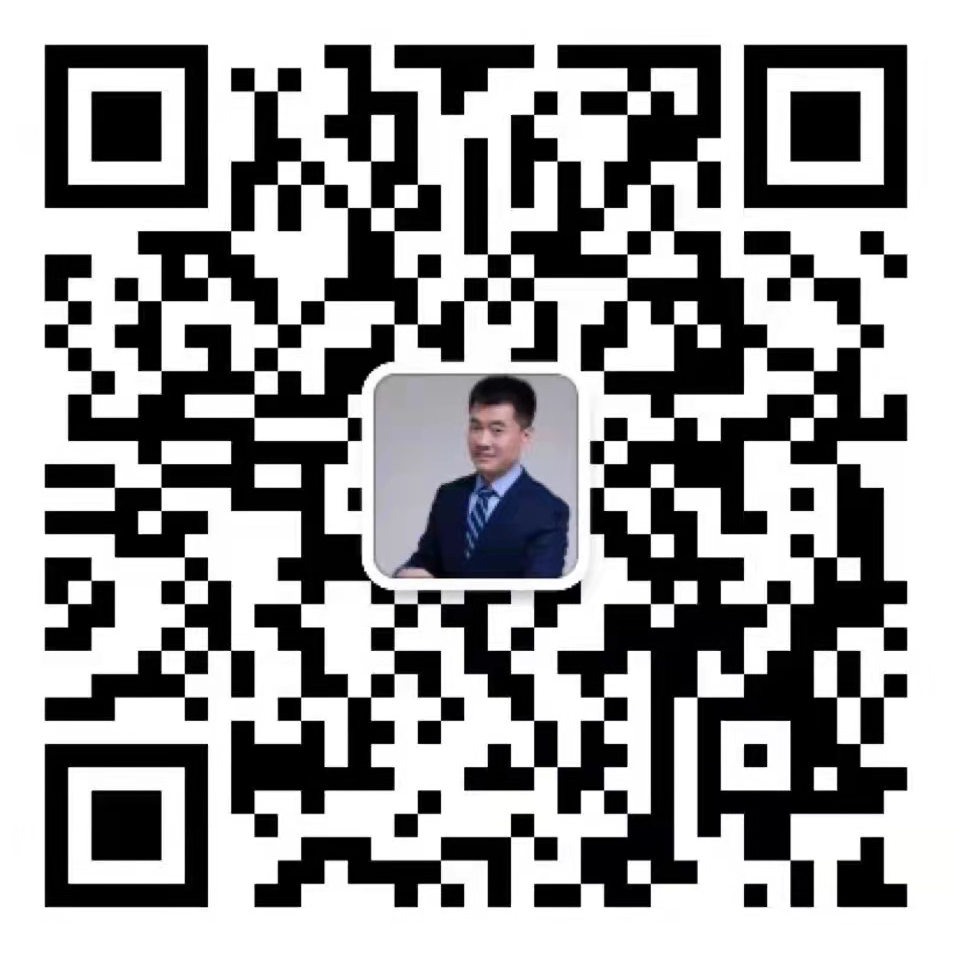

公司動(dòng)態(tài)
股權(quán)激勵(lì)Equity incentive
頂層架構(gòu)設(shè)計(jì)如何實(shí)現(xiàn)長(zhǎng)遠(yuǎn)的目標(biāo)
發(fā)布時(shí)間:2024-12-12 來源:http://zyvd.cn/
頂層架構(gòu)設(shè)計(jì)是一種從宏觀,、全局的角度對(duì)項(xiàng)目,、系統(tǒng)或組織的長(zhǎng)遠(yuǎn)發(fā)展進(jìn)行系統(tǒng)性、戰(zhàn)略性的規(guī)劃和設(shè)計(jì)的方法,。它旨在通過高層次的統(tǒng)籌規(guī)劃,,明確整體目標(biāo)、關(guān)鍵要素和重要環(huán)節(jié),,以確保各個(gè)部分協(xié)同一致,,實(shí)現(xiàn)預(yù)期的長(zhǎng)遠(yuǎn)發(fā)展。
Top level architecture design is a systematic and strategic approach to planning and designing the long-term development of a project, system, or organization from a macro and global perspective. It aims to clarify the overall goals, key elements, and important links through high-level overall planning, to ensure the coordination and consistency of various parts, and to achieve the expected long-term development.
頂層架構(gòu)設(shè)計(jì)的核心要素
Core elements of top-level architecture design
頂層架構(gòu)設(shè)計(jì)通常包括以下幾個(gè)關(guān)鍵要素:
The top-level architecture design typically includes the following key elements:
戰(zhàn)略規(guī)劃:明確項(xiàng)目或組織的整體愿景和目標(biāo),,分析市場(chǎng)環(huán)境和競(jìng)爭(zhēng)態(tài)勢(shì),,制定長(zhǎng)期戰(zhàn)略規(guī)劃。
Strategic planning: Clarify the overall vision and goals of the project or organization, analyze the market environment and competitive situation, and develop long-term strategic planning.
組織構(gòu)建:建立支撐戰(zhàn)略目標(biāo)的組織機(jī)構(gòu)和機(jī)制,,明確實(shí)施原則和策略,。
Organizational construction: Establish organizational structures and mechanisms that support strategic goals, clarify implementation principles and strategies.
架構(gòu)設(shè)計(jì):包括業(yè)務(wù)架構(gòu)、應(yīng)用架構(gòu),、數(shù)據(jù)架構(gòu)和技術(shù)架構(gòu)等,,這些架構(gòu)設(shè)計(jì)需要圍繞核心理念和頂層目標(biāo)進(jìn)行有機(jī)銜接。
Architecture design: including business architecture, application architecture, data architecture, and technical architecture, which need to be organically connected around core concepts and top-level goals.
頂層架構(gòu)設(shè)計(jì)的步驟
The steps of top-level architecture design
頂層架構(gòu)設(shè)計(jì)的過程通常包括以下步驟:
The process of top-level architecture design typically includes the following steps:
明確目標(biāo):確定項(xiàng)目或組織的整體愿景和目標(biāo),,分析市場(chǎng)環(huán)境和競(jìng)爭(zhēng)態(tài)勢(shì),。
Clear objectives: Determine the overall vision and goals of the project or organization, analyze the market environment and competitive situation.
分析現(xiàn)狀:對(duì)項(xiàng)目或組織的現(xiàn)狀進(jìn)行深入分析,包括優(yōu)勢(shì),、劣勢(shì),、機(jī)會(huì)和威脅(SWOT分析),識(shí)別關(guān)鍵要素和核心競(jìng)爭(zhēng)力,。
Analyze the current situation: Conduct in-depth analysis of the project or organization's current situation, including strengths, weaknesses, opportunities, and threats (SWOT analysis), identify key elements and core competencies.
制定戰(zhàn)略:基于目標(biāo)和現(xiàn)狀分析,,制定長(zhǎng)期戰(zhàn)略規(guī)劃,包括整體發(fā)展方向,、戰(zhàn)略重點(diǎn)和關(guān)鍵任務(wù),。
Develop strategy: Based on goal and current situation analysis, develop long-term strategic planning, including overall development direction, strategic priorities, and key tasks.
規(guī)劃實(shí)施:將戰(zhàn)略規(guī)劃分解為具體的階段性目標(biāo)和行動(dòng)計(jì)劃,設(shè)立監(jiān)測(cè)和評(píng)估機(jī)制,,跟蹤實(shí)施進(jìn)度和效果,。
Planning and Implementation: Decompose strategic planning into specific phased goals and action plans, establish monitoring and evaluation mechanisms, track implementation progress and effectiveness.
持續(xù)改進(jìn):根據(jù)實(shí)施情況和市場(chǎng)變化,不斷調(diào)整和優(yōu)化頂層設(shè)計(jì),。
Continuous improvement: Continuously adjust and optimize top-level design based on implementation and market changes.
頂層架構(gòu)設(shè)計(jì)的應(yīng)用領(lǐng)域
Application areas of top-level architecture design
頂層架構(gòu)設(shè)計(jì)在多個(gè)領(lǐng)域都有廣泛應(yīng)用:
The top-level architecture design has wide applications in multiple fields:
企業(yè)治理與數(shù)字化轉(zhuǎn)型:通過頂層設(shè)計(jì),,企業(yè)可以明確治理結(jié)構(gòu)、業(yè)務(wù)架構(gòu)和組織架構(gòu),,支持?jǐn)?shù)字化轉(zhuǎn)型,。
Corporate governance and digital transformation: Through top-level design, enterprises can clarify their governance structure, business architecture, and organizational structure to support digital transformation.
智慧城市:智慧城市頂層設(shè)計(jì)強(qiáng)調(diào)功能架構(gòu)、系統(tǒng)架構(gòu),、信息架構(gòu)以及標(biāo)準(zhǔn),、安全和保障體系的設(shè)計(jì),以避免信息孤島和重復(fù)建設(shè),。
Smart City: The top-level design of smart cities emphasizes the design of functional architecture, system architecture, information architecture, standards, security, and assurance systems to avoid information silos and redundant construction.
軟件開發(fā):在軟件開發(fā)中,,頂層架構(gòu)設(shè)計(jì)為后續(xù)的分析和設(shè)計(jì)活動(dòng)建立結(jié)構(gòu)和劃分,確保開發(fā)人員能夠聚焦于系統(tǒng)的不同部分,。
Software development: In software development, top-level architecture design establishes the structure and division for subsequent analysis and design activities, ensuring that developers can focus on different parts of the system.

頂層架構(gòu)設(shè)計(jì)的重要性
The importance of top-level architecture design
頂層設(shè)計(jì)的重要性在于:
The importance of top-level design lies in:
全局視角:從宏觀角度出發(fā),,確保各個(gè)部分的協(xié)調(diào)一致,避免局部?jī)?yōu)化導(dǎo)致整體效率下降,。
Global perspective: From a macro perspective, ensure the coordination and consistency of each part, and avoid local optimization leading to a decrease in overall efficiency.
靈活性與適應(yīng)性:通過制定統(tǒng)一的標(biāo)準(zhǔn)和開放的設(shè)計(jì),,使系統(tǒng)能夠適應(yīng)未來的變化和預(yù)料之外的事物。
Flexibility and adaptability: By establishing unified standards and open design, the system is able to adapt to future changes and unexpected events.
資源優(yōu)化:通過合理的資源分配和時(shí)間安排,,提高資源利用效率,,確保各個(gè)環(huán)節(jié)獲得所需支持,。
Resource optimization: By rational resource allocation and scheduling, improve resource utilization efficiency and ensure that all links receive the necessary support.
常見的頂層架構(gòu)設(shè)計(jì)方法
Common top-level architecture design methods
常見的頂層架構(gòu)設(shè)計(jì)方法包括:
Common top-level architecture design methods include:
框架:作為國(guó)際標(biāo)準(zhǔn),廣泛應(yīng)用于企業(yè)數(shù)字化轉(zhuǎn)型中,,強(qiáng)調(diào)業(yè)務(wù)完整性,、交易相關(guān)性和系統(tǒng)整體性。
Framework: As an international standard widely used in enterprise digital transformation, it emphasizes business integrity, transaction relevance, and system integrity.
框架:用于企業(yè)架構(gòu)設(shè)計(jì),,幫助明確不同視角下的架構(gòu)需求,。
Framework: Used for enterprise architecture design to help clarify architecture requirements from different perspectives.
包圖:適用于軟件頂層架構(gòu)設(shè)計(jì),通過將相關(guān)類劃分為包來表示系統(tǒng)結(jié)構(gòu),。
Package diagram: suitable for software top-level architecture design, representing system structure by dividing related classes into packages.
本文由山東股權(quán)激勵(lì)為您提供,,我們的網(wǎng)站http://zyvd.cn我們將以全心全意的熱情為您提供服務(wù),歡迎您的訪問
This article is provided by Shandong Equity Incentive for you on our website http://zyvd.cn We will provide you with wholehearted enthusiasm and welcome your visit
本站聲明
本網(wǎng)站為非營(yíng)利性網(wǎng)站,,旨在宣揚(yáng)股權(quán)知識(shí),交流職業(yè)學(xué)習(xí)心得,。網(wǎng)站內(nèi)部分文章來自其它網(wǎng)站,,只做交流學(xué)習(xí)之用。相應(yīng)的權(quán)力均屬于原權(quán) 力人,,如權(quán)利人認(rèn)為不妥,,請(qǐng)來電來函說明,本網(wǎng)站隨既停止或使用,,謝謝合作,! 13698613138
13698613138
微信公眾號(hào)

掃碼獲知更多知識(shí)

抖音二維碼
山東股章企業(yè)管理顧問有限公司 備案號(hào):魯ICP備19050574號(hào)-2 網(wǎng)站建設(shè)·推廣運(yùn)營(yíng) 網(wǎng)站地圖 XML TXT

截屏,微信識(shí)別二維碼